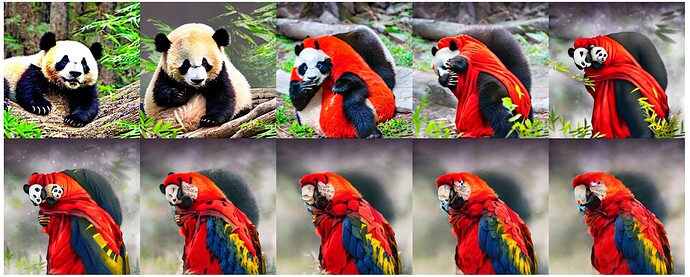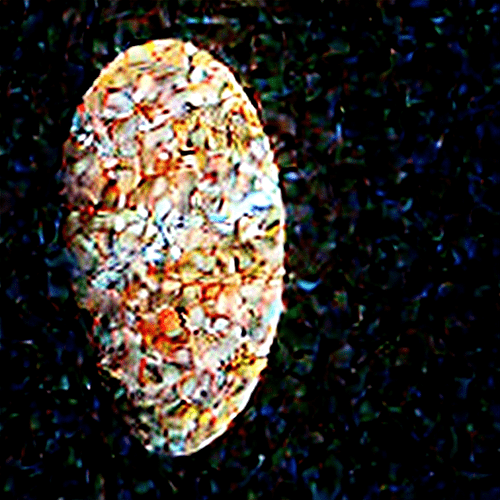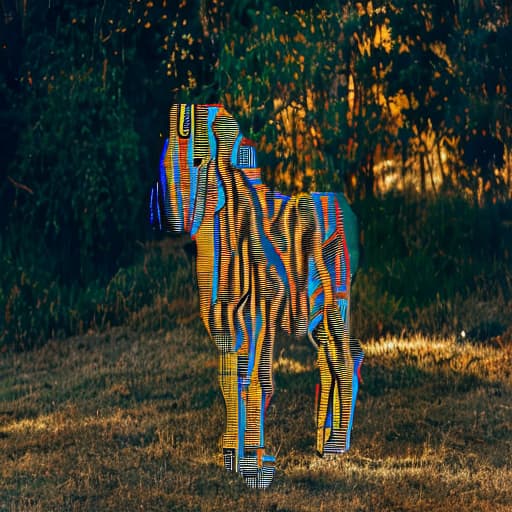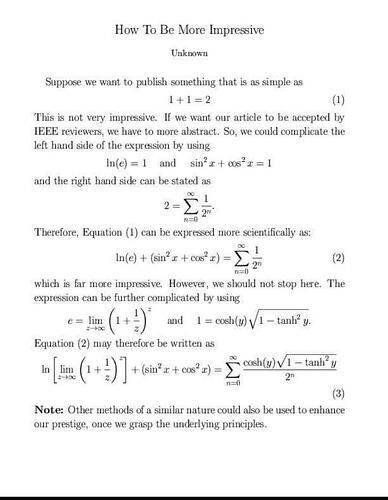I’m trying to implement the DiffEdit paper, and to do so, I need to add noise to the input image.
The following is how I’m doing it.
img = Image.open('/content/planet.png').resize((512, 512))
import torchvision.transforms as T
with torch.no_grad():
lat = vae.encode(T.ToTensor()(img).unsqueeze(0).half().to('cuda')*2-1)
lat = 0.18215 * lat.latent_dist.sample()
sched = LMSDiscreteScheduler(
beta_start=0.00085,
beta_end=0.012,
beta_schedule='scaled_linear',
num_train_timesteps=1000
)
sched.set_timesteps(15)
noise = torch.randn_like(lat)
ts = tensor([sched.timesteps[10]])
lat = sched.add_noise(lat, noise, timesteps=ts)
However, the last cell outputs the following error and I’m baffled as to why it’s occuring.
RuntimeError: a Tensor with 0 elements cannot be converted to Scalar
Full Traceback
---------------------------------------------------------------------------
RuntimeError Traceback (most recent call last)
[<ipython-input-24-8d2efdc445c5>](https://6umz6pprmf5-496ff2e9c6d22116-0-colab.googleusercontent.com/outputframe.html?vrz=colab-20230509-060147-RC00_530563781#) in <cell line: 3>() 1 noise = torch.randn_like(lat) 2 ts = 10 ----> 3 lat = sched.add_noise(lat, noise, timesteps=tensor([sched.timesteps[ts]]))
---
1 frames
---
[/usr/local/lib/python3.10/dist-packages/diffusers/schedulers/scheduling_lms_discrete.py](https://6umz6pprmf5-496ff2e9c6d22116-0-colab.googleusercontent.com/outputframe.html?vrz=colab-20230509-060147-RC00_530563781#) in add_noise(self, original_samples, noise, timesteps) 302 timesteps = timesteps.to(original_samples.device) 303 --> 304 step_indices = [(schedule_timesteps == t).nonzero().item() for t in timesteps] 305 306 sigma = sigmas[step_indices].flatten()
[/usr/local/lib/python3.10/dist-packages/diffusers/schedulers/scheduling_lms_discrete.py](https://6umz6pprmf5-496ff2e9c6d22116-0-colab.googleusercontent.com/outputframe.html?vrz=colab-20230509-060147-RC00_530563781#) in <listcomp>(.0) 302 timesteps = timesteps.to(original_samples.device) 303 --> 304 step_indices = [(schedule_timesteps == t).nonzero().item() for t in timesteps] 305 306 sigma = sigmas[step_indices].flatten()
RuntimeError: a Tensor with 0 elements cannot be converted to Scalar
I’ve thoroughly checked the tensors that are being used and none of them have 0 elements. I’ve also tried directly editing the add_noise method, but any changes I make to it don’t seem to be registering (e.g., doing a print statement causes the same error to be thrown, and the traceback says it’s occuring at that print statement); I’m doing this on Google Colab.
You can view the code on Colab here: Google Colab
The relevant code is under the “Add Noise to Image” header (there are two headers of the same name in the notebook; it’s the first one that is the relevant one).
I’d really appreciate help; I’m baffled.



